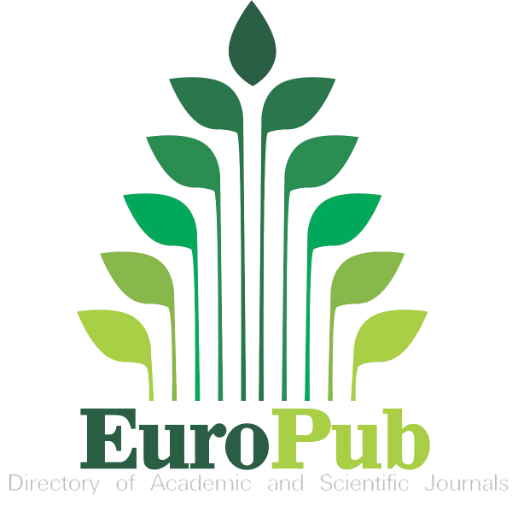A Danceable Shower of Bullets
Sound Morphologies, Concrescence and Neurosis in the Genesis of an EDM Beat
DOI:
https://doi.org/10.12801/1947-5403.2019.11.01.05Abstract
The processes that lead from volt-mix to tamborzão, two bases (beats) of funk carioca (funk from the greater Rio de Janeiro city), are analysed with reference to Pierre Schaeffer’s typo-morphology of sonic objects (1966). Such transformations are viewed as instances of Gilbert Simondon’s concretization (1958). They are synchronous with changes in the geopolitics and human geography of bailes funk (funk dances). As the volt-mix morphs into the tamborzão, the epicentre of these events moves from clubs in the suburbs and periphery to favelas, and funkeiros (funksters) become subjected to tensions arising from control of their spaces by rival factions of illicit substance retailers. These shifts coincide with the rise of a human character, the neurótico (neurotic), and with the collective feeling of neurose (neurosis) associated with circulating in those territories, as Carla Mattos’s ethnography demonstrates (2006).
Downloads
Published
Issue
Section
License
Authors who publish with this journal agree to the following terms:- Authors retain copyright and grant the journal right of first publication with the work simultaneously licensed under a Creative Commons Attribution-Noncommercial-Share Alike License that allows others to share the work with an acknowledgement of the work's authorship and initial publication in this journal.
- Authors are able to enter into separate, additional contractual arrangements for the non-exclusive distribution of the journal's published version of the work (e.g. post it to an institutional repository or publish it in a book), with an acknowledgement of its initial publication in this journal. Such derivate works or subsequent publications must happen no less than one calendar year after the initial publication date in Dancecult.
- Authors are permitted and encouraged to post their work online (e.g. in institutional repositories or on their website) prior to and during the submission process, as it can lead to productive exchanges, as well as earlier and greater citation of published work (See The Effect of Open Access).






